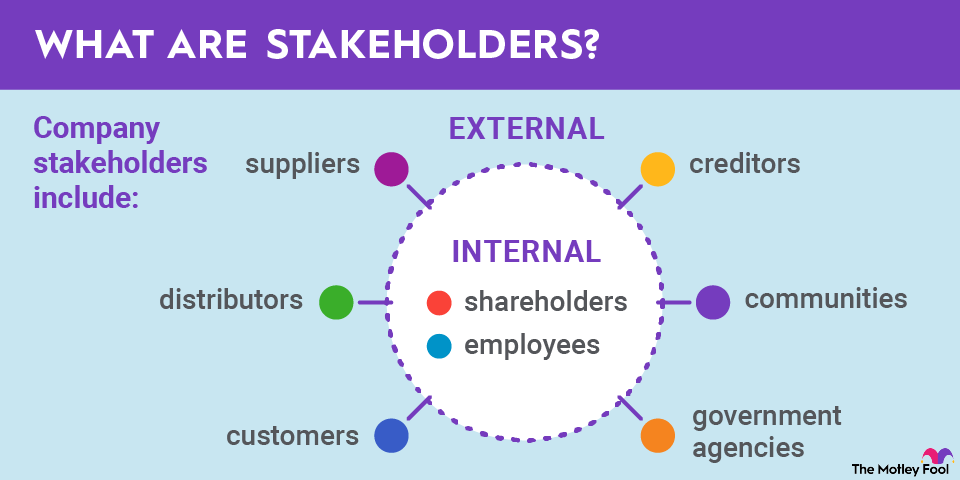When you're investing, it's important to realize that many types of investments come with added charges, especially if you don't hold them for an extended period. The same goes for insurance and annuities; they call it a surrender charge. Read on to learn more about this fee.

What is a surrender charge?
Simply put, a surrender charge is a fee that you pay to terminate an insurance or annuity product early. So, for example, if the terms of the investment say that you have to leave your money there for 10 years or you'll be paying a fee, the fee is likely a surrender charge.
The amount of time a surrender charge applies varies depending on the investment but typically lasts six to eight years after you've purchased an annuity. With insurance policies, the timing is much more variable based on the product you've bought and the circumstances under which you're redeeming the policy.
What financial products have surrender charges?
Several financial products have surrender charges attached to them. They're typically applied to investments that are intended to be used long-term and help the issuer offset the cost of selling and managing the investment.
So, for example, a cash-value life insurance policy likely has a surrender charge, as do most types of annuities. Some mutual funds also have surrender charges, but they typically only apply for months, not years. Always read all the documents that come with your financial investments before you agree to invest your money so you can be certain about the fees involved and how to minimize them.
How do surrender charges work?
With most annuities, surrender charges tend to shrink over time. This is really helpful since the period during which a surrender fee applies can last for many years or even a decade in some cases.
Let's say you have an annuity that has an 8% surrender fee. However, it decreases by 1% each year that you hold the investment.
So, during the first year, you'd give up 8% of your investment if you needed to divest, but as soon as you hit that first anniversary and rolled into the second year, you'd only have to shell out 7%, and so forth, as follows:
Year 1 (initial investment year): 8%
Year 2: 7%
Year 3: 6%
…
Year 7: 2%
Year 8: 1%
Year 9: 0%
In this example, if you made it to your investment's eighth anniversary and waited until the start of year nine to divest, you'd have no surrender charge. Different types of investments do this differently, which is why it's important to read the documentation for your investment carefully.
Related investing topics
How can you avoid surrender charges?
Surrender charges can really eat into your investment and often will take more than you've made from it if you have to divest early in the investment's life. This is obviously not helping you any, so avoiding those surrender charges is the name of the game.
There are a few ways to do this:
- Taking out a small amount each year. Many annuities allow you to take out a small amount of the investment each year. As much as 10% may be allowed in some cases without having to pay an additional surrender fee. This is called the "free withdrawal provision."
- Waiting out the surrender charge. The longer you wait, the smaller fee you'll have to pay if your annuity has a diminishing fee structure. Simply waiting is the easiest way to avoid a fee. Your wait will depend on the investment, so be sure that you really understand this window before you invest money that you may need to withdraw early.
- Death of the policyholder. If you're dealing with a life insurance policy with a cash value, and you're the beneficiary, it's likely that any surrender charges will be waived for you. Since you are using the policy as intended, there's no reason to charge extra.
- Disability or serious illness. In some cases, the surrender fee can also be waived if the owner of an annuity becomes disabled, is diagnosed with a terminal illness, enters long-term care, or needs financial help to pay for home health care assistance. This is not a guarantee, however, so trust but verify with your original documents.



















